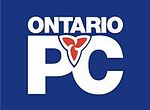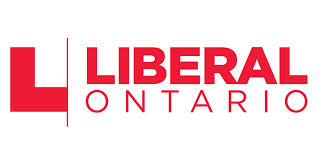


Archived Seat Projections
- Little Change Following Debate
2011-10-03 - New Survey Confirms Dead Heat
2011-09-1426 - Liberals Slip but Still in Minority Government Range
2011-09-20 - New Polls Confirm Liberal Lead
2011-09-14 - Conservative Lead Erodes
2011-09-09 - Ontario Conservatives Just Shy of Majority Numbers
2011-09-02 - Ontario Liberal Campaign Picking Up Steam
2011-08-18 - Conservatives Making Gains in Ontario Election
2011-07-19 - Conservatives in the Lead for Ontario Election
2011-06-20
Ontario Election 2014 Postmortem
The table below features three numbers for each party by Ontario sub-region. The leftward figure is the LISPOP projected number of seats for the party based upon the final set of pre-election polls conducted from June 4-11. It might be noted that this utilized a 2.5 percentage-point Liberal lead over the Conservatives when the actual popular vote difference was approximately seven percentage points. The middle figure in brackets was the actual number of seats won in the election, and the rightward figure represents what the model would have projected if the actual popular vote distribution had been utilized rather than the estimate based upon polls. Using the pre-election polls, the mean error was 6.7 seats. Even with the actual distribution, the error per party would have been 4.0, almost double the average over six previous Ontario elections.
Projected distribution of seats by party, released June 24, 2014
 |
 |
||
Seat Projection |
38 (28) 32 |
49 (58) 54 |
20 (21) 21 |
2011 Election |
37 |
53 |
17 |
Toronto | 0 (0) 0 | 18 (20) 17 | 4 (2) 5 |
GTA | 4 (2) 4 | 13 (14) 13 | 1 (2) 1 |
Hamilton-Niag. | 3 (1) 1 | 4 (5) 6 | 4 (5) 4 |
East | 16 (11) 12 | 6 (11) 10 | 0 (0) 0 |
SouthWest | 14 (13) 14 | 5 (5) 5 | 5 (6) 5 |
North | 1 (1) 1 | 3 (3) 3 | 6 (6) 6 |
Note:
The 2011 election results are in brackets. The "regional swing model" is more fully explained in a paper originally prepared and presented by Dr. Barry Kay to the 1990 annual meeting of the Canadian Political Science Association, entitled "Improving Upon the Cube Law: A Regional Swing Model for Converting Canadian Popular Vote into Parliamentary Seats". It should be noted that the application of the model above does not make use of the "incumbency effect" described in that paper. In tests for past elections, using late campaign polls to project electoral outcomes, the model has proved to be accurate within an average of four seats per party since 1963. Readers interested in post-dictions for past federal elections dating back to 1963, for projections using pre-election polls dating back to the 1980 federal election and for three Ontario provincial elections, may contact me at bkay@wlu.ca.